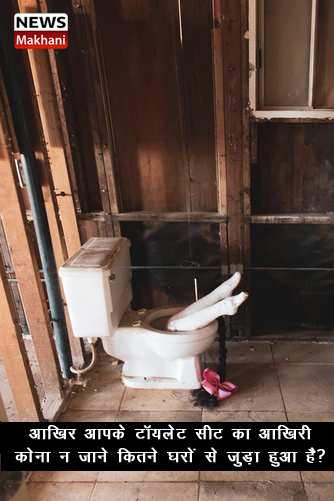If you are similar to the vast majority, then you accept that the stool stored in your toilet seat has to be disposed of with little labour or cost. While this would be a simple arrangement, it reveals mainly for notable reasons, an alternative, considerably more complex framework, that was set up to ensure that your home is not constantly filled with sewage.
So how does this miracle of innovation currently work? Initially, specific devices move from the public sewer framework to the sewer framework at home
and, of course, more provincial areas use several septic tanks.
However, in the overall situation when it comes to collective tanks, when your discharges leave your front and back valves in the toilet water bowl, and later flush, it all goes into those lines in your home where it eventually mixes with other wastewater.
Once, all this, thus, is mixed with the evictions this sewage may possibly be mixed with water from the bottom and thus move into the channels below.
At that time, it enters ever larger lines toward a wastewater treatment plant with multiple associations along the way and can be found in the Jetsam Framework. Some people flush a terrible amount of things they shouldn’t.
On that note, in the event that you are properly flushing anything other than the tissue or letting the latrine down, your wastewater treatment plant administrators believe that it is not wise.

 English
English





